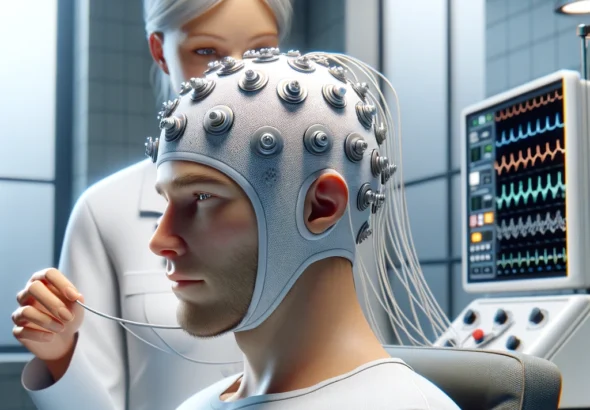General Information
The articles within this set delve into the causes and risk factors associated with TBIs. They explore common scenarios such as sports-related injuries, falls, motor vehicle accidents, assaults, and workplace incidents. By highlighting the potential hazards and risk factors, readers understand the circumstances that can lead to TBIs and are equipped to take proactive measures to mitigate the risks.
Understanding TBIs’ symptoms and timely diagnosis is crucial for effective management and treatment. These articles shed light on the diverse range of symptoms associated with TBIs, from mild to severe, including physical, cognitive, and emotional manifestations. They also provide insights into diagnostic procedures, such as imaging techniques and neurological evaluations, enabling readers to recognize the signs and seek appropriate medical attention.
If you are involved in a situation where a personal injury or traumatic brain injury may have occurred, please don’t use these articles as your only source of information. Please seek qualified medical professionals, legal professionals, and authorities.
These articles explore various treatment approaches and rehabilitation techniques available for individuals with TBIs. From acute medical interventions to long-term rehabilitation strategies, readers gain insights into the multidisciplinary nature of TBI care. These articles highlight the importance of personalized treatment plans, therapies, assistive technologies, and support services to aid recovery and maximize functional outcomes.
Long-Term Effects and Coping Strategies: The articles in this set address the potential long-term effects of TBIs, both on the individual and their families. They delve into individuals’ cognitive, emotional, and social challenges post-injury. Additionally, these articles offer practical coping strategies, tips for managing daily activities, and guidance for fostering resilience and adaptation in the face of ongoing challenges.
Promoting Awareness and Prevention: Recognizing the significance of prevention, these articles emphasize the importance of awareness and proactive measures. They provide information on safety practices, preventive strategies, and risk reduction in various contexts, including sports, workplaces, and everyday life. By promoting awareness and preventative actions, these articles contribute to reducing the incidence of TBIs.
These articles cover general information about traumatic brain injuries and offer a comprehensive and accessible resource for individuals seeking knowledge about these complex conditions. By providing insights into causes, symptoms, diagnosis, treatment, and long-term effects, these articles empower readers to recognize the importance of TBIs and make informed decisions. Furthermore, by promoting awareness and prevention strategies, they create safer environments and foster a supportive society prioritizing the well-being of individuals impacted by TBIs.








